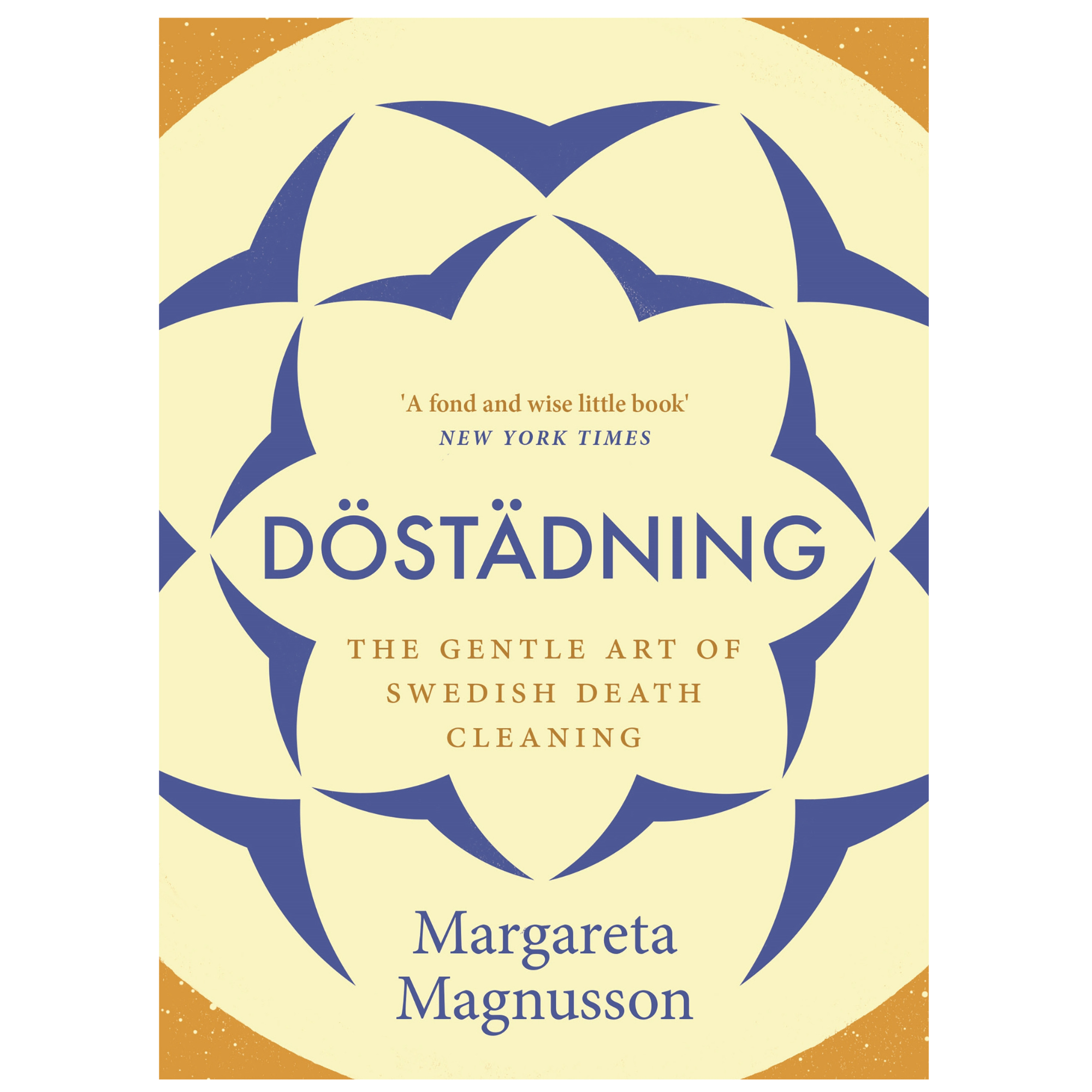I tried Swedish death cleaning – while it brought me to tears, I loved it
It might sound morbid, but it's a decluttering gamechanger

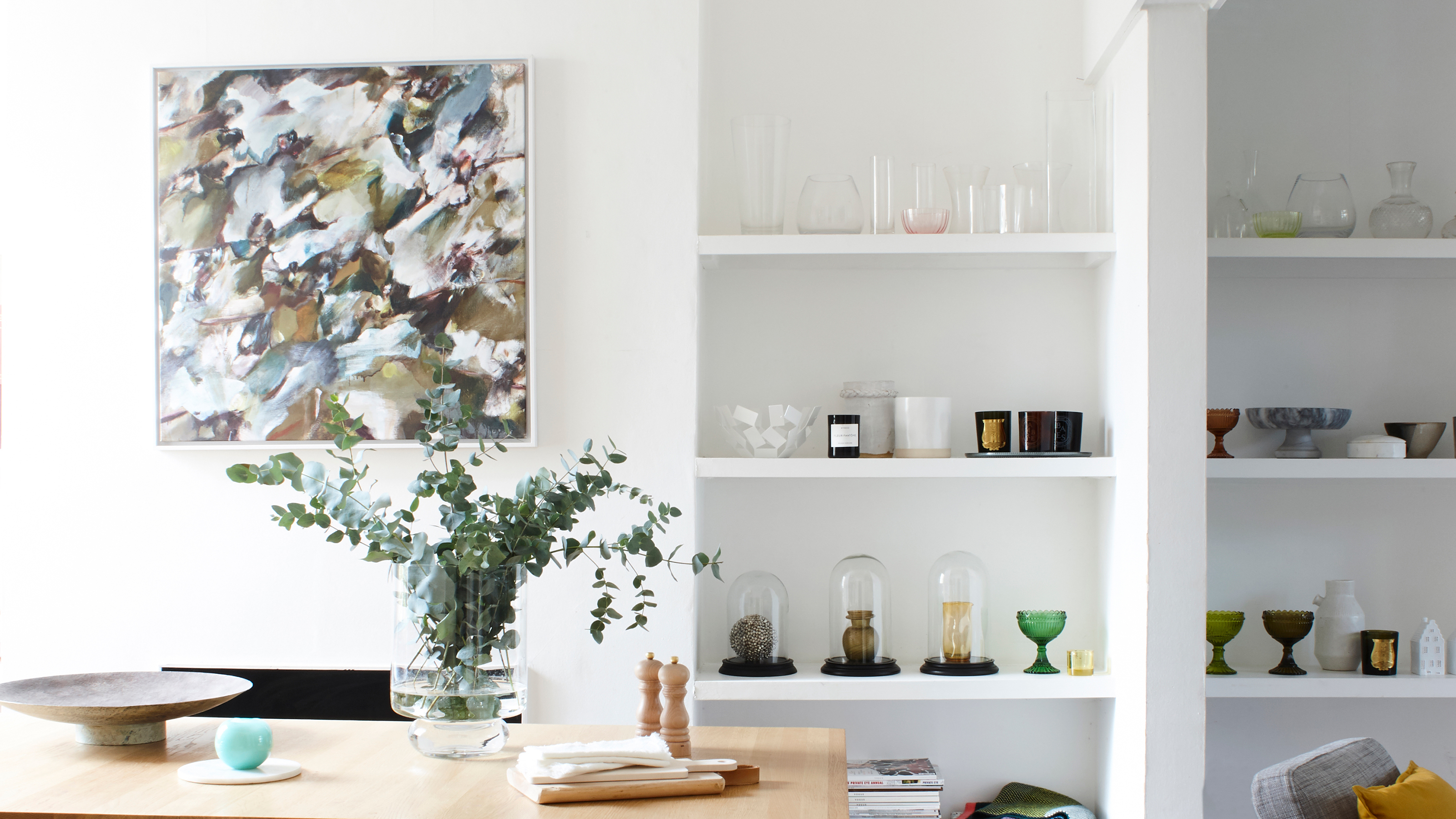
At Ideal Home we love a good decluttering method, but arguably non sound quite so intriguing as döstädning – or ‘the gentle art of Swedish death cleaning’.
With a small house and all the paraphernalia that my kids require, I've been needing a good sort through for, ahem, quite a while. However, I had no idea where to start, let alone how to make the ultimate decluttering checklist.
Thank goodness, then, for Swedish death cleaning, because Margareta Magnusson’s decluttering tips, morbid as they might sound at first, proved to be incredibly meditative, not to mention the key to ridding my home of useless jumble.
What is Swedish death cleaning?
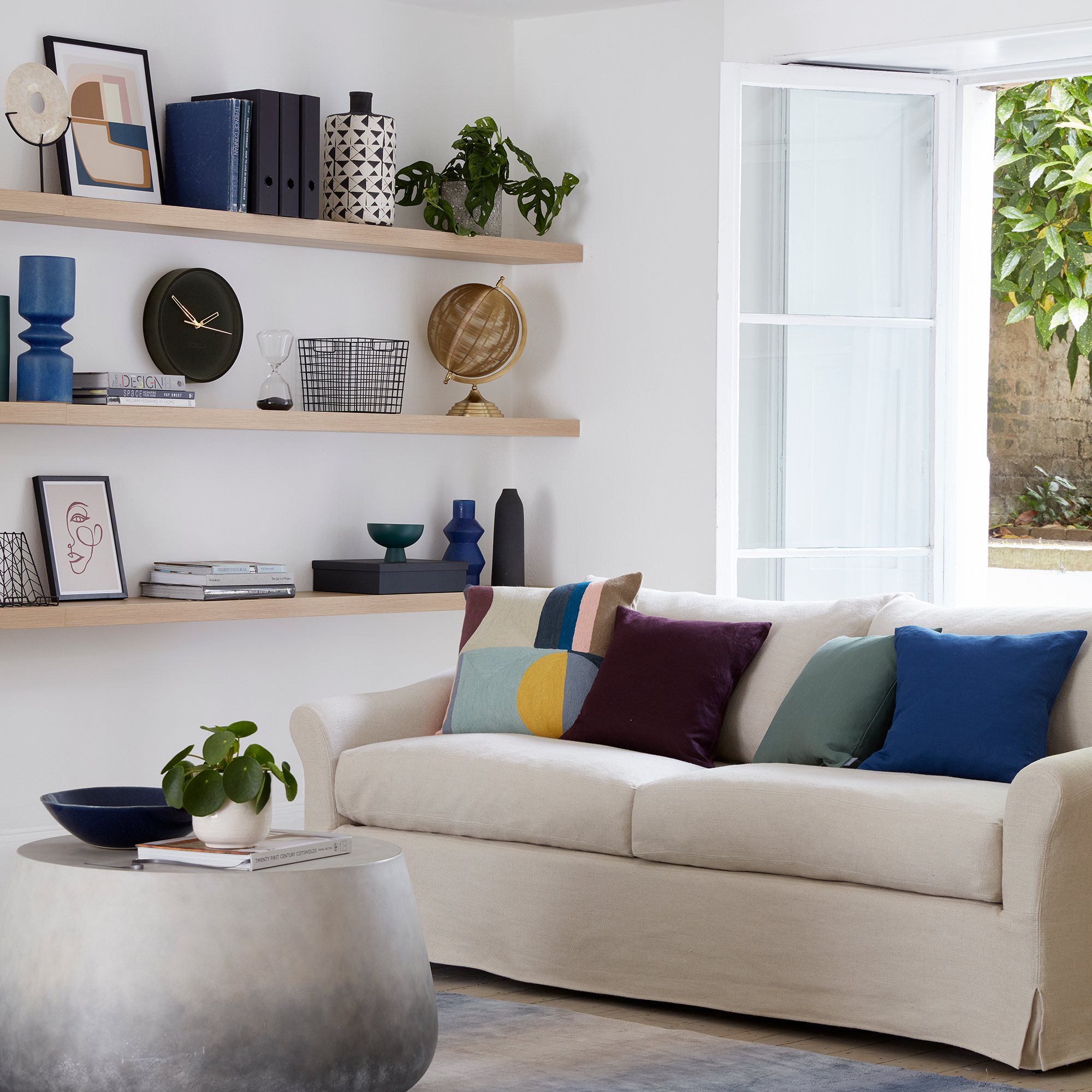
‘Dö is death and städning is cleaning,’ explains Margareta in her bestselling book, Döstädning: The Gentle Art Of Swedish Death Cleaning, which has since inspired a TV series narrated by Amy Poehler.
‘In Swedish it is a term that means removing unnecessary things and making your home nice and orderly when you think the time for you to leave the planet is coming closer.’
Or, to put it another way, it’s a way to purge your home of clutter and organise possessions in hopes that your family won’t be overburdened by your belongings once you pass away.
‘Death cleaning is not about dusting or mopping up, it is about a permanent form of organisation that makes your everyday life run more smoothly,’ adds Margareta, noting that the process is a celebration of ‘the story of life, your life, the good memories and the bad.
Sign up to our newsletter for style inspiration, real homes, project and garden advice and shopping know-how
‘The good ones you keep. The bad you expunge.’
How to begin Swedish death cleaning
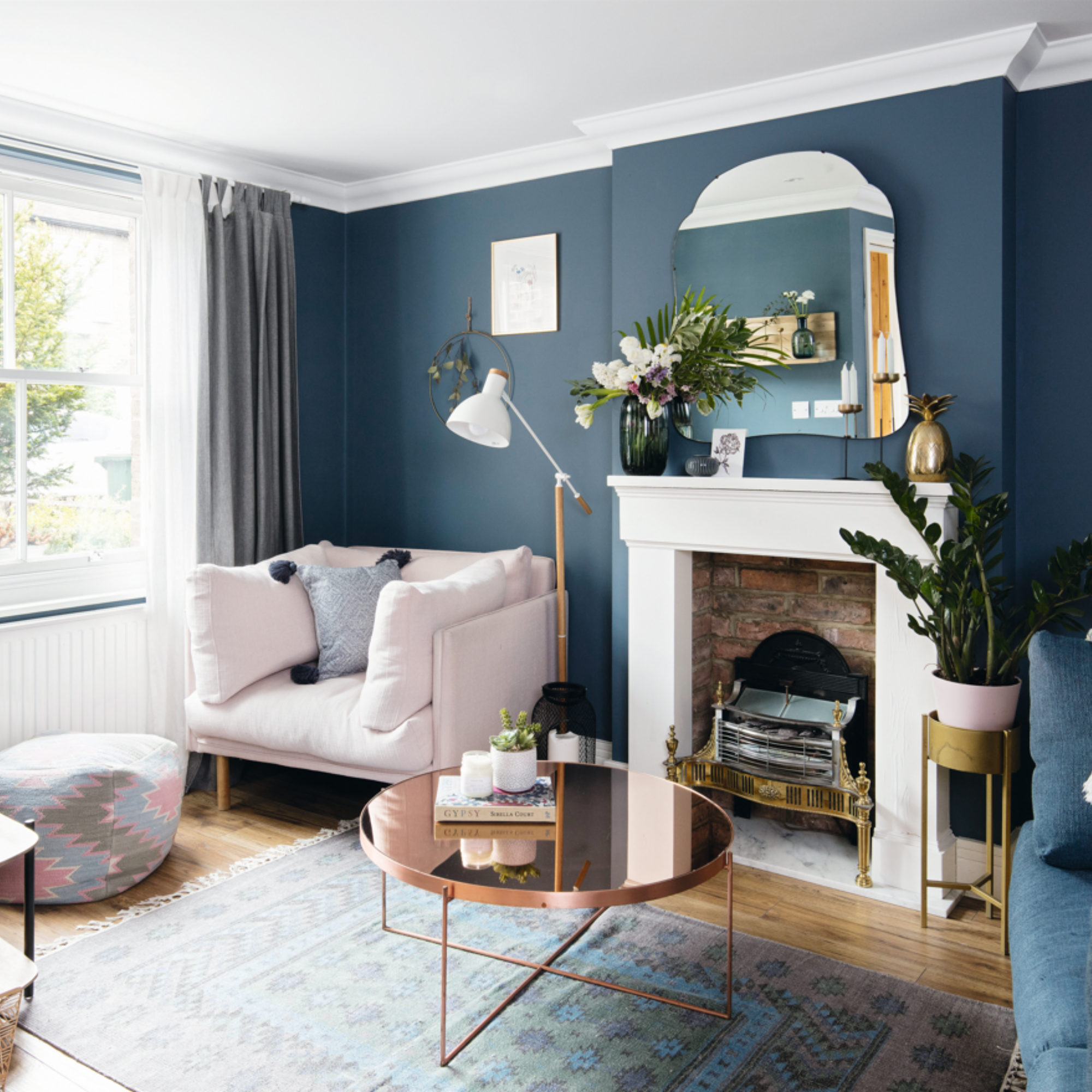
I loved the concept of Swedish death cleaning, despite the fact all of its top decluttering tips hinge upon my impending demise. I've moved several times, and always carted the same overflowing boxes of useless tat along with me – all never to be opened, all to be stashed away somewhere unseen until the next big move.
Happily, these very boxes marked the beginning of my döstädning journey.
1. Start with the unseen
As Gill Gudgeon, APDO member and founder of Restore the Calm, explains, Swedish death cleaning urges us to ‘start with the unseen (lofts, backs of cupboards, the garage) and finish with the sentimental.
‘Consider everything from paperwork to valuables, to furniture and that vinyl collection,’ adds Gill.
I was brutal when it came to sorting through those old boxes – many of which were filled, inexplicably, with receipts and unopened bank statements (all of which were dutifully shredded and disposed of).
There were also a surprising number of takeaway menus and instruction booklets for electric items that… well, that I either knew how to use or had gotten rid of ages ago.
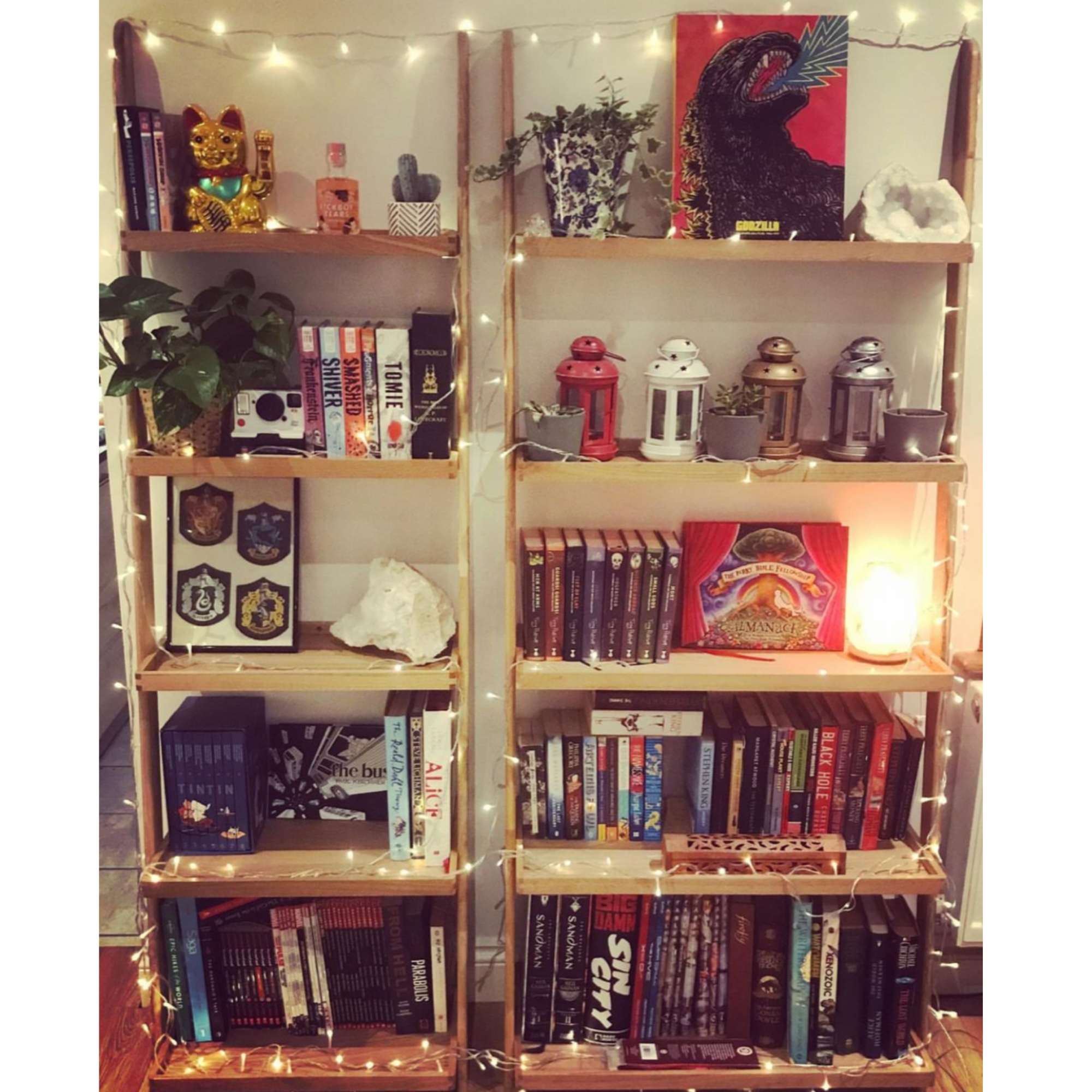
I worked hard to reduce our bookshelf, using it to display only our most beloved tomes and treasures.
Quickly, I found that Margareta was right: material items that are not visible on a day-to-day basis are generally of little sentimental value and easy to get rid of. My old DVDs felt redundant, considering all the streaming services I’m signed up to, so I popped them outside my front gate with a ‘FREE’ post-it note taped to them. Eventually, they disappeared.
A stash of magazines was chucked into the recycling bin. A few old tins (very pretty tins, but still just tins) were disposed of, too. And I set the bags of clothes and shoes aside, so that I could go through them later.
2. Sort through bigger items
Furniture-wise, things were easy (or they would have been, if my husband hadn’t grown so attached to seemingly everything we own). In fact, if you’re looking to declutter your living room, I fully recommend Swedish death cleaning: it’s a great way to rid yourself of the furniture you’ve held onto for years, but never really use. Like, for instance, the oversized bean bags I once bought without measuring the dimensions of the room, only to discover that they took up the entire floorspace.
Still, I’m going to throw my hands up and admit it: I found the latter part of this section tough. Really tough.
‘Swedish death cleaning is about letting go of the things that no longer serve a purpose in your life, but that doesn't mean you have to declutter everything,' notes Craig Hoareau, APDO member and managing director of A Tidy Mind London.c‘Be mindful of sentimental items that hold memories and significance for you or your loved ones.’
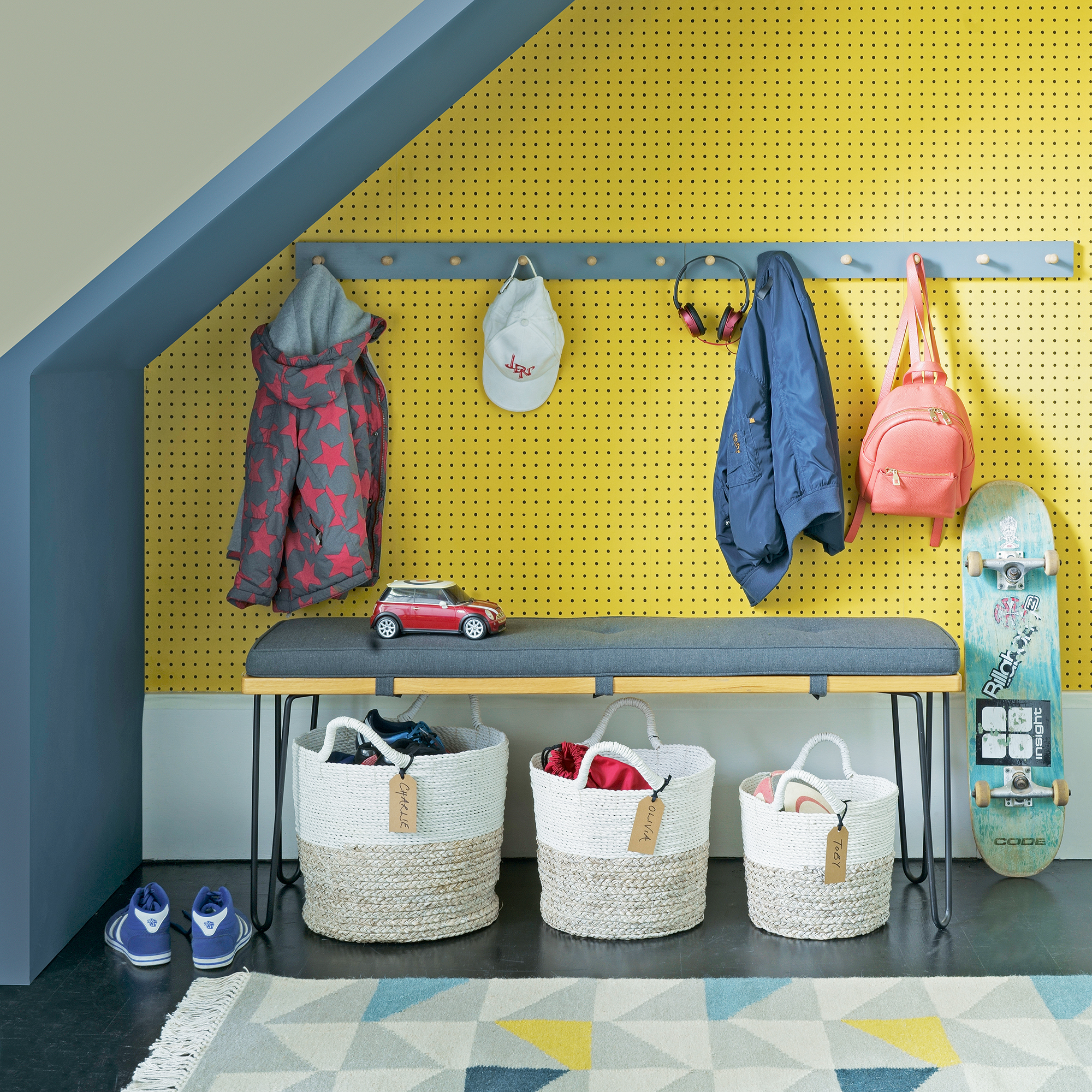
I love my books. I love them all. Indeed, it wasn’t until I learned of an elderly woman living nearby – an elderly woman who had asked the local community for books, any books, to read – that I found it within myself to get sorting.
I soon found myself with five piles: books I’ve read and will never read again, books I’ve yet to read, books I’ve no intention whatsoever of reading, books too battered and broken for anyone to enjoy, and beloved books that I will treasure forever (or, at least, a while longer).
At the end of it, I had two boxes of books to give away, one box for the recycling bin, and a pile to lovingly distribute around the house (using a variety of stylish book storage ideas, of course).
3. Organise your closets, clothes, and shoes
Margareta asks that you sort your clothes and shoes into four piles: those you love and wear frequently, those you want to keep but don’t necessarily know why, those that don’t fit your body or lifestyle (donate), and those that are in poor condition (trash).
This one proved tricky, as I was heavily pregnant at the time and so couldn’t really suss out the fit on a few items. Still, I managed to donate two big bags of clothes, and I’ve since made a promise to myself that I will go through my wardrobe again one day soon.
4. Sort through highly sentimental items
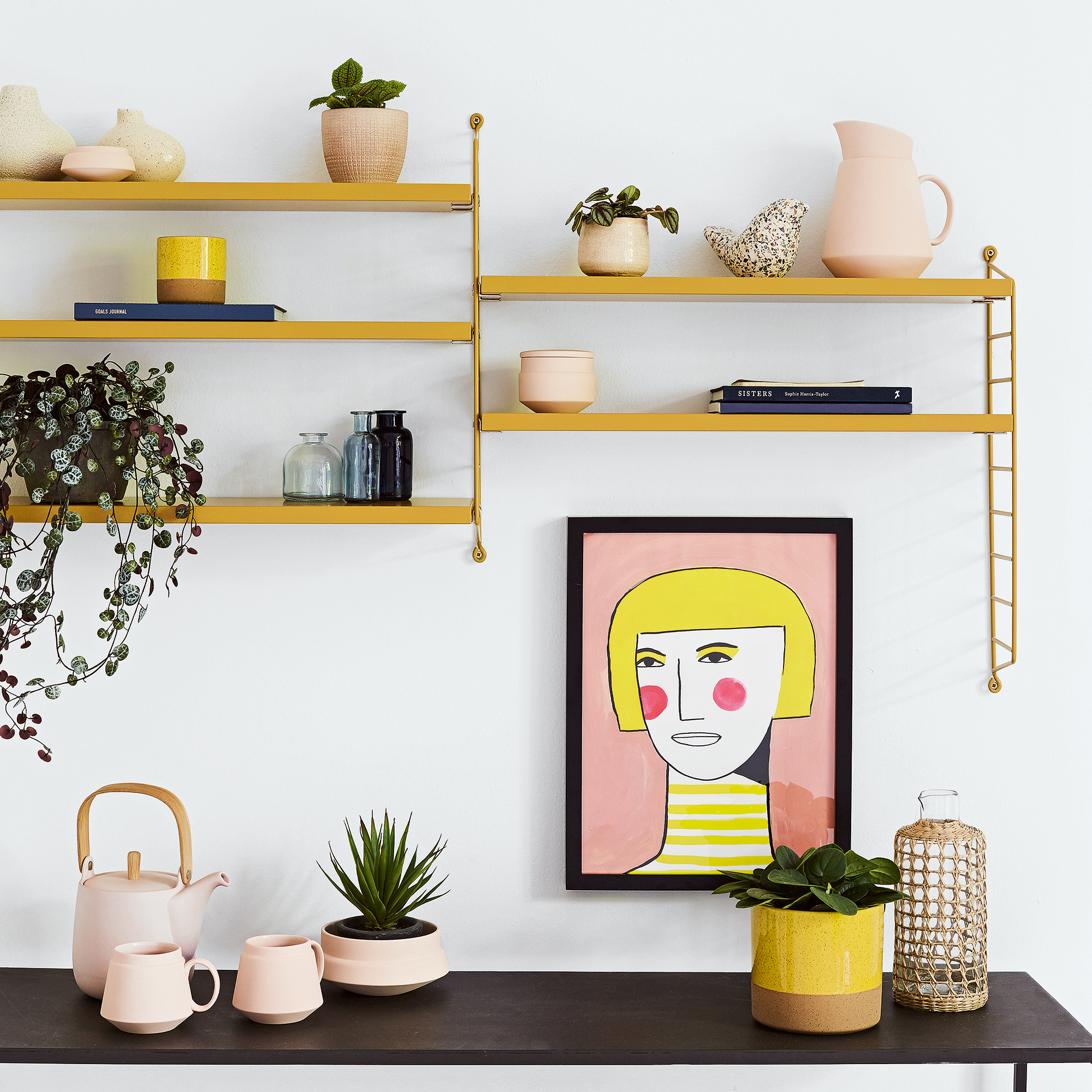
That’s right: items such as photographs, heirlooms, and handwritten letters are not immune to the charms of this decluttering trend.
‘Instead of holding onto a lot of important paperwork to keep or photos, consider digitising and letting go of the physical items,' suggests Craig. 'You can even do this with ornaments or souvenirs. Take photos of them to keep and let the item go. This is a great way to create space and makes it easier to access if you need to find them.
‘For photos, there are photo organisers who specialise in getting all your pictures digitised so this may be an ideal option.’
Reader, I did it. A confession, though: since becoming a parent, I seem to have wound up with more framed photos dotted around the house. So sue me.
5. Keep one box of belongings for yourself
‘There will be things that have enormous significance or sentimentality to you (ticket stubs and programmes for example), which you recognise will be meaningless to your loved ones,’ says Gill.
Do we keep these things, then? Yes – but only one box worth. And, Gill adds, it’s important to ‘label that box “please throw this one away when I’m gone!”’
5. Get rid of anything potentially embarrassing
‘There’s no sense in keeping things that will shock or upset your family after you are gone,’ advises Margareta. ‘Perhaps you have saved letters, documents or diaries that contain information or family stories you would never wish to embarrass your descendants with.'
‘If you think the secrets will cause your loved ones harm or unhappiness then make sure to destroy them. Make a bonfire or shove them into the hungry shredder.’
My own bonfire of secrets was only a very small one, and for that I am grateful.
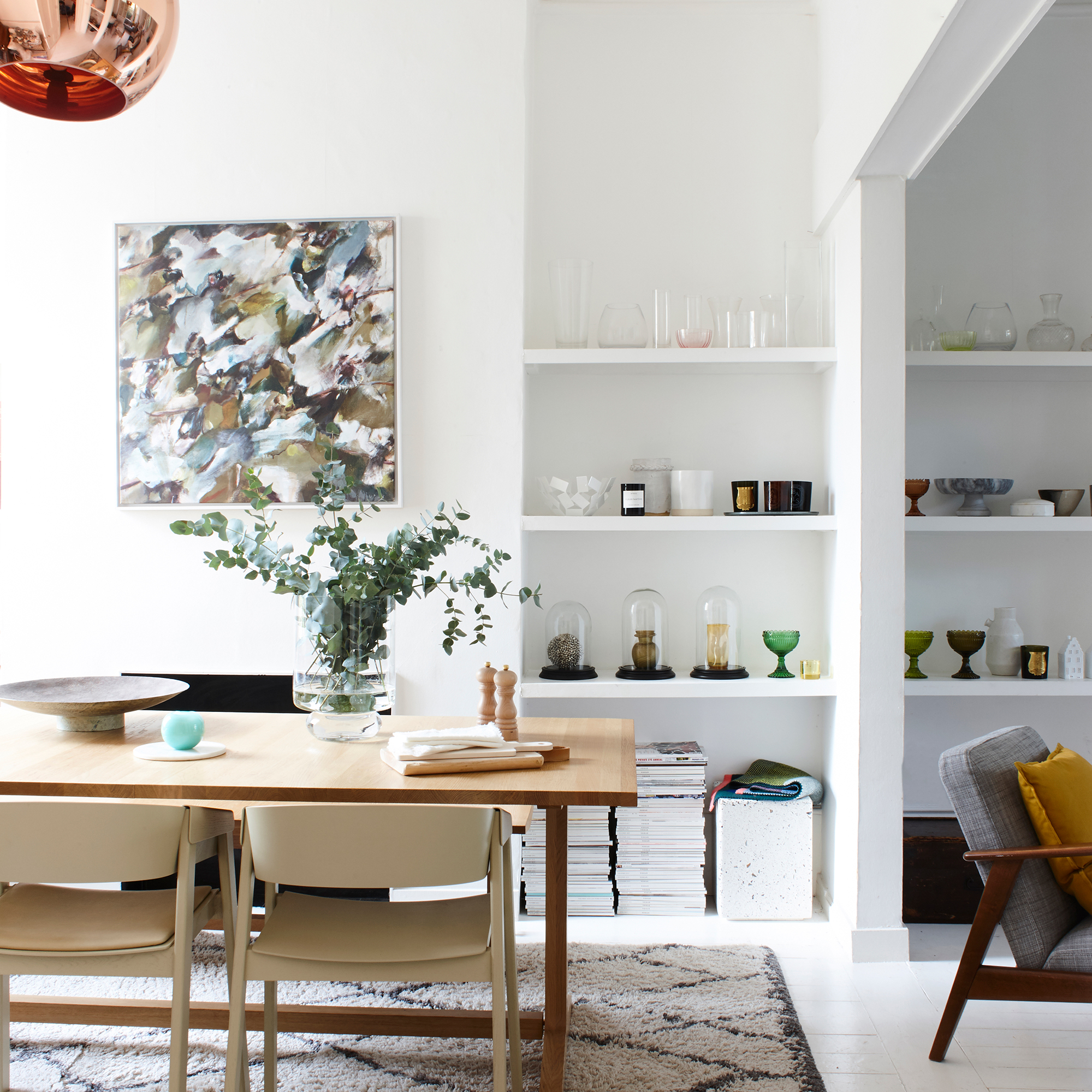
FAQs
How long does Swedish death cleaning take?
It took me several weeks, on and off, to get my house in order – and I personally consider döstädning an ongoing process, as I’m always accumulating more stuff to declutter: such is the nature of life.
But guess what? That’s absolutely fine. 'Swedish death cleaning is the gradual process of cleaning, decluttering and simplifying your life over a period of time,' explains Craig from A Tidy Mind. 'It doesn’t matter how old you are, but starting early means you can do it at your own pace.’
‘Take your time and don’t set unrealistic and unachievable goals,' adds Gill from Restore The Calm.
How do you feel after a bout of Swedish death cleaning?
I thought I’d feel sad when I started the decluttering process (and, yes, I did shed a few tears when I bid goodbye to some of the clothes I’ve clung onto over the years), but I actually found it an incredibly freeing experience.
I loved taking the time to go over everything with care and attention, and I loved making room for new memories. And it’s gotten me into good decluttering habits: I am always thinking of ways to gift and donate items I’m no longer using.
'Living smaller is a relief,' concludes Swedish death cleaning expert Margareta. And trust me, she knows what she’s talking about.

Kayleigh Dray became Ideal Home’s Acting Content Editor in the spring of 2023, and is very excited to get to work. She joins the team after a decade-long career working as a journalist and editor across a number of leading lifestyle brands, both in-house and as a freelancer.
